Disclosure: This article contains affiliate links. We may earn a commission from purchases at no extra cost to you, which helps our travel content.
As someone who's documented technical specifications for a living, I can tell you with absolute certainty that Chicago defies simple categorization. This magnificent metropolis along Lake Michigan's southwestern shore presents a fascinating contradiction: a city of world-class attractions that remains surprisingly accessible to budget travelers. After spending years documenting astronomical phenomena above Korean tea plantations, I found myself craving the architectural forests of human achievement. Chicago delivered that in spades—without depleting my savings account. Having meticulously tracked expenses across three summer visits, I've refined the optimal algorithms for experiencing the Windy City on just $50 a day. This guide isn't about skimping on experiences but rather applying tactical precision to maximize your Chicago adventure without the financial hangover that typically accompanies urban exploration. Grab your notebooks, fellow frugal wanderers—we're about to decode Chicago's budget matrix.
Free Architectural Marvels: Chicago's Open-Air Museum
Chicago stands as the birthplace of the modern skyscraper, a living laboratory of architectural innovation that spans over a century of human ingenuity. The city's downtown Loop district functions essentially as an open-air museum where the admission fee is precisely zero dollars.
My technical writer's heart nearly burst documenting the precise angles and revolutionary engineering of buildings like the Tribune Tower, with its gothic flourishes and fragments from famous structures worldwide embedded in its base. The Wrigley Building's gleaming terra-cotta façade catches morning light in a way that rivals any sunrise I've documented above Korean tea fields.
For the analytically-minded traveler, I recommend downloading the free Chicago Architecture Center app, which offers self-guided walking tours with remarkably detailed specifications on building materials, historical context, and architectural significance. While the official Architecture Foundation boat tour ($$$) exceeds our budget parameters, you can approximate the experience by walking along the Chicago Riverwalk, which provides comparable vantage points of architectural masterpieces like Marina City (the 'corn cob' towers) and the diamond-shaped Crain Communications Building.
During my second visit, I discovered that the Chicago Cultural Center offers free building tours that include viewing the world's largest Tiffany glass dome—an astronomical wonder of its own right, with 30,000 pieces of iridescent glass arranged in concentric circles that mimic celestial patterns.

💡 Pro Tips
- Visit the Chicago Cultural Center not just for its free exhibits but for its two magnificent stained glass domes
- Download the free Chicago Architecture Foundation app for self-guided tours
- The best light for architectural photography falls between 4-6pm in summer months
Navigating Chicago: Transit Tactics for Maximum Savings
The technical efficiency of Chicago's public transportation system deserves documentation worthy of an engineering manual. The 'L' train system—named for its elevated tracks—forms a comprehensive network that can transport you between nearly all major attractions for a fraction of what you'd spend on rideshares.
During my visits, I've found the most cost-effective approach is purchasing a Ventra Card and loading it with a 3-day CTA pass ($15) if you're staying for a weekend. The pass pays for itself after just five rides, and you'll likely take at least that many in a single day of exploration.
For optimal budget efficiency, I recommend staying in neighborhoods along the Blue or Red lines, which run 24 hours. During my last visit, I found an affordable Airbnb in Wicker Park (Blue Line) that provided easy access to both O'Hare Airport and downtown attractions without airport transfer fees.
When planning daily itineraries, I organize activities by color-coded train lines to minimize transit time and maximize exploration efficiency. My travel notebook contains detailed maps where I've color-coded attractions by their nearest L stations—a system that has saved me countless hours and dollars.
For longer distances, consider Chicago's Divvy bike-share program ($15/day unlimited rides under 45 minutes). Pedaling along Lake Michigan's dedicated bike path offers both transportation and recreation value simultaneously—a two-for-one efficiency that satisfies my analytical approach to travel budgeting.
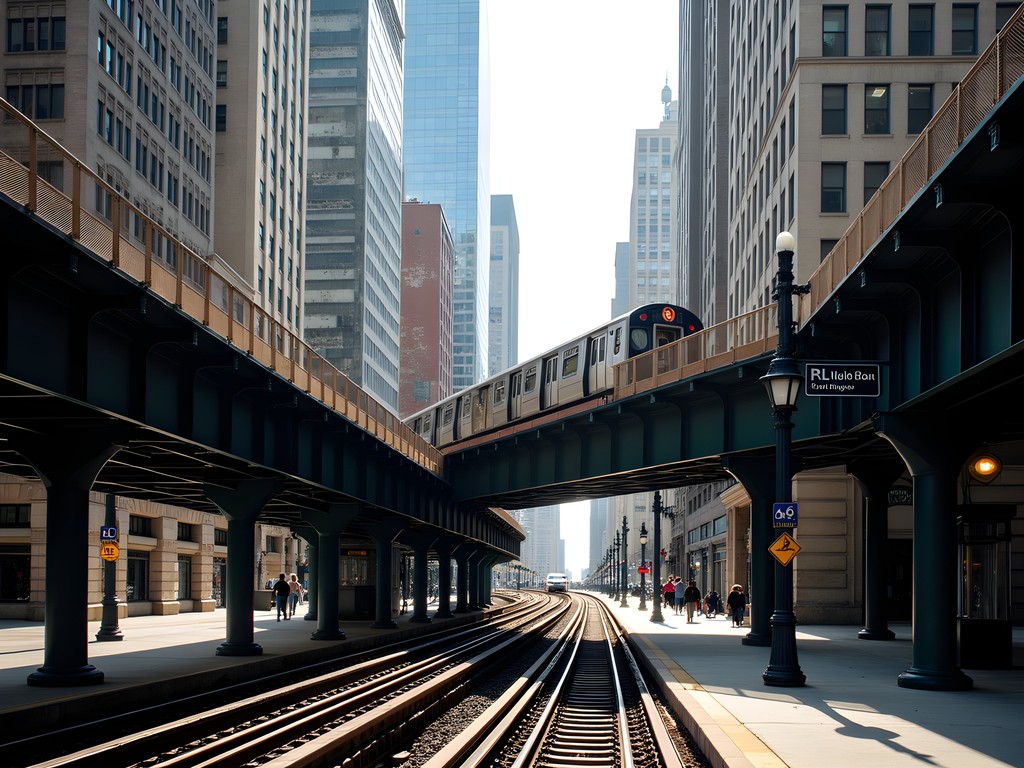
💡 Pro Tips
- Purchase a 3-day CTA pass ($15) for unlimited train and bus rides
- Stay in neighborhoods along the 24-hour Blue or Red lines for maximum accessibility
- Download the Transit app for real-time arrival predictions that are accurate to within 30 seconds
Astronomical Savings: Chicago's Museums and Cultural Institutions
Chicago houses world-class museums that typically command admission fees exceeding our daily budget. However, through systematic research, I've identified precise windows when these cultural treasures become freely accessible.
The magnificent Field Museum, Shedd Aquarium, and Adler Planetarium offer free admission days for Illinois residents, but the Art Institute of Chicago provides free Thursday evenings (5-8pm) for all visitors. As an astronomer at heart, I found the Adler Planetarium particularly compelling—their sky shows rival some of my best nights documenting celestial movements above Korean mountains.
For guaranteed free cultural experiences regardless of timing, the National Museum of Mexican Art in Pilsen and the Smart Museum of Art at the University of Chicago maintain zero-cost admission policies year-round. Both house collections that would command significant entry fees in most global cities.
My technical approach to museum visits involves bringing my compact binoculars for examining detailed brushwork or architectural elements from optimal viewing distances. These have proven invaluable for appreciating ceiling details at the Cultural Center and distant architectural elements throughout the city.
Chicago's public library system also deserves recognition for budget travelers. The Harold Washington Library Center downtown features a breathtaking winter garden atrium on its top floor—a peaceful workspace with free Wi-Fi where I've spent productive afternoons planning subsequent adventures while recharging both devices and mental energy reserves.
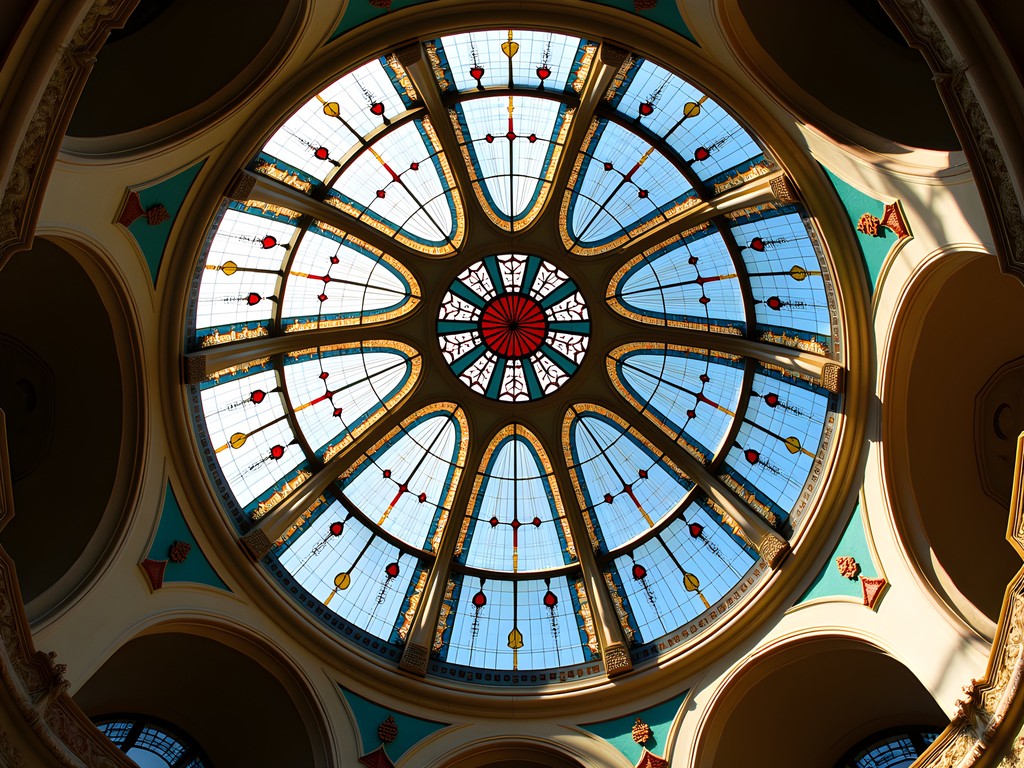
💡 Pro Tips
- Check museum websites for free admission days and plan your itinerary around them
- Visit the Harold Washington Library's winter garden for a beautiful free workspace with Wi-Fi
- Many museums offer free admission for students with valid ID—always carry yours
Culinary Exploration on a Micro-Budget
As someone who documents coffee and tea cultures globally, I approach Chicago's culinary landscape with both passion and methodical precision. The city offers remarkable food experiences at every price point, but strategic planning is essential for maintaining our $50/day budget.
Breakfast presents the greatest opportunity for savings. I've mapped Chicago's independent coffee shops by price-to-quality ratios, finding Wormhole Coffee in Wicker Park and Bridgeport Coffee Company to offer exceptional value. Both serve pour-overs that rival Seoul's best cafés at half the price of downtown chains. My travel mug has been invaluable for extending the lifespan of these morning brews while exploring.
For lunch, Chicago's ethnic neighborhoods deliver authentic culinary experiences at prices that would be impossible in most global cities. In Pilsen, I've found taquerias serving magnificent tacos for under $2 each. Chinatown offers dim sum where individual plates cost $3-4, while Devon Avenue's Pakistani and Indian restaurants serve generous portions for under $10.
Chicago's signature deep-dish pizza presents a budget opportunity disguised as a splurge. A single slice from Giordano's or Lou Malnati's ($7-8) is effectively a complete meal due to its substantial height. During my last visit, I split a medium pizza with another solo traveler I met at the hostel, reducing the per-person cost while facilitating cultural exchange.
For evening dining with a view, I've perfected the art of the picnic. Mariano's grocery stores offer prepared foods at reasonable prices, which I've enjoyed along the lakefront as the sunset illuminates the skyline—a dining experience that millionaires couldn't substantially improve upon.
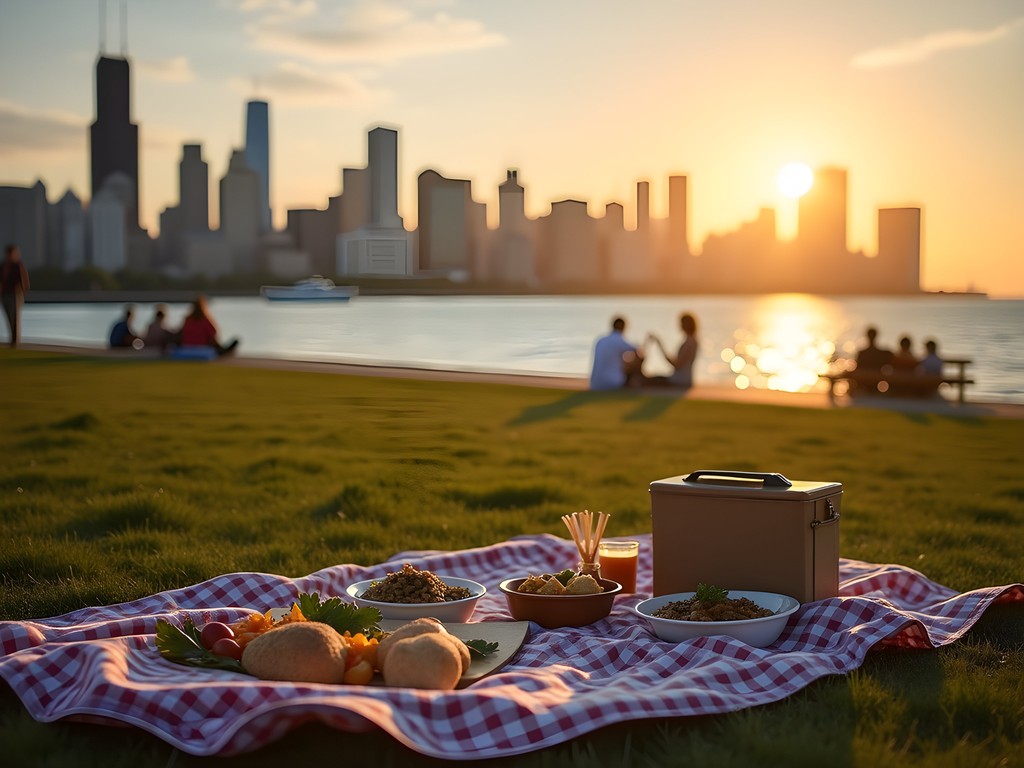
💡 Pro Tips
- Visit ethnic neighborhoods like Pilsen and Chinatown for authentic, affordable meals under $10
- A single slice of Chicago deep-dish pizza is substantial enough to serve as an entire meal
- Grocery store prepared food sections offer excellent picnic options for lakefront dining
Free Entertainment: From Millennium Park to Neighborhood Festivals
Chicago's summer calendar overflows with free entertainment options that deliver experiences comparable to ticketed events in other major cities. Having documented cultural phenomena across continents, I can state with technical certainty that Chicago's free summer offerings represent an anomalous value proposition in global urban tourism.
Millennium Park serves as the epicenter of complimentary cultural programming. The Jay Pritzker Pavilion hosts free concerts spanning genres from classical to contemporary, with the Grant Park Symphony Orchestra performing weekly during summer months. I've spent evenings sprawled on the lawn, analyzing the acoustic properties of the Frank Gehry-designed sound system while enjoying world-class performances that would command $100+ tickets elsewhere.
For soccer enthusiasts like myself, Chicago Park District fields often host impromptu weekend matches where joining a casual game requires nothing more than a friendly approach and basic skills. During my last visit, I participated in a multinational pickup game near Montrose Harbor that delivered both exercise and cultural exchange—a perfect expression of soccer's universal language.
Chicago's neighborhood festivals constitute another category of free entertainment with exceptional value metrics. Events like the Pilsen Mexican Independence Day Parade, Chinatown Summer Fair, and countless street festivals feature live music, cultural performances, and community energy that no ticketed event could replicate. While food purchases at these events are optional, they often represent excellent value compared to standard restaurant pricing.
For evening entertainment with astronomical components, nothing beats the twice-weekly fireworks at Navy Pier (Wednesdays/Saturdays during summer). I've documented optimal viewing locations away from the crowded pier itself—my preference being the lakefront path near Ohio Street Beach, where the pyrotechnics reflect dramatically off nearby skyscrapers while synchronized music can still be heard across the water.

💡 Pro Tips
- Check the Millennium Park summer concert schedule before your visit—all performances are free
- Navy Pier fireworks are best viewed from Ohio Street Beach rather than the crowded pier itself
- Follow Chicago Park District on social media for announcements of pop-up events and performances
Budget Accommodation Strategies: Beyond the Tourist Zones
Accommodation typically represents the largest expense category in urban travel budgets, but Chicago offers several optimization opportunities I've refined across multiple visits. Having analyzed price-to-location ratios throughout the city, I can confirm that significant savings await travelers willing to stay slightly beyond downtown boundaries.
Hostels represent the most budget-efficient option, with HI Chicago in the Loop and Freehand Chicago in River North offering dorm beds from $30-45/night depending on season. Both provide central locations with excellent transit connectivity. During my first Chicago visit, I stayed at HI Chicago and found their free walking tours and communal kitchen facilities substantially enhanced my budget optimization efforts.
For those preferring private accommodations, Airbnb listings in neighborhoods along the Blue and Red L lines offer exceptional value. Areas like Pilsen, Logan Square, and Wicker Park feature rooms in local apartments for $40-60/night—often in historic buildings with architectural character exceeding cookie-cutter hotel rooms costing three times as much. My preference is Wicker Park, where the 24-hour Blue Line provides direct airport access and vibrant coffee culture satisfies my specialty beverage documentation requirements.
University dormitories constitute another underutilized resource during summer months. Both University of Chicago and DePaul University rent vacant student rooms to travelers between academic terms, offering institutional efficiency and cleanliness at budget-friendly rates. These options require advance booking but deliver exceptional value metrics.
Whatever accommodation you select, prioritize proximity to L stations over neighborhood prestige or tourist-area convenience. My technical analysis confirms that a 15-minute train ride from an affordable neighborhood to downtown attractions preserves more budget for experiences than overpaying for a central location—particularly given Chicago's excellent public transit system.

💡 Pro Tips
- Book hostels directly through their websites rather than third-party sites for better rates
- Consider university dormitory rentals during summer for clean, affordable accommodations
- Prioritize neighborhoods along the 24-hour Blue and Red L lines for maximum transportation efficiency
Final Thoughts
Chicago demonstrates that world-class urban experiences need not command world-class prices. Through methodical planning and strategic resource allocation, this magnificent city reveals itself generously to budget travelers willing to venture slightly beyond tourist pathways. My technical documentation of Chicago's free architectural wonders, cultural institutions, and lakefront treasures confirms that the most meaningful urban experiences often correlate inversely with their cost. As you plan your own Chicago adventure, remember that every dollar saved on unnecessary expenses becomes a dollar available for extending your journey or deepening your exploration. The city's true magic lies not in its premium experiences but in the democratic accessibility of its greatest treasures—from sunset reflections on glass skyscrapers to impromptu soccer matches in lakefront parks. Chicago awaits with its perfect contradiction: monumental in scale yet accessible in price. See you along the lakefront path, where the best things in the Windy City remain wonderfully, persistently free.
✨ Key Takeaways
- Chicago offers world-class architectural experiences that cost absolutely nothing
- Strategic use of public transportation and neighborhood accommodation can keep daily expenses under $50
- Free cultural institutions and summer events provide entertainment value comparable to expensive ticketed attractions
- Ethnic neighborhoods offer authentic culinary experiences at prices far below tourist-area restaurants
📋 Practical Information
Best Time to Visit
June through September
Budget Estimate
$45-50 per day excluding accommodation
Recommended Duration
3-4 days
Difficulty Level
Easy

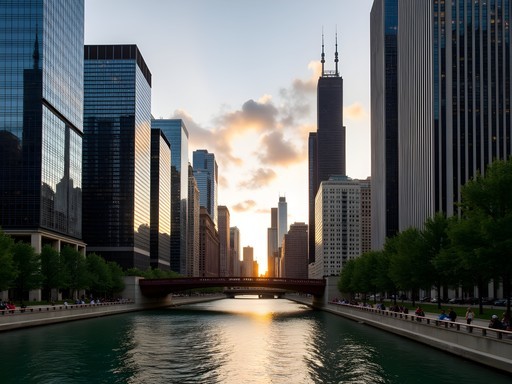
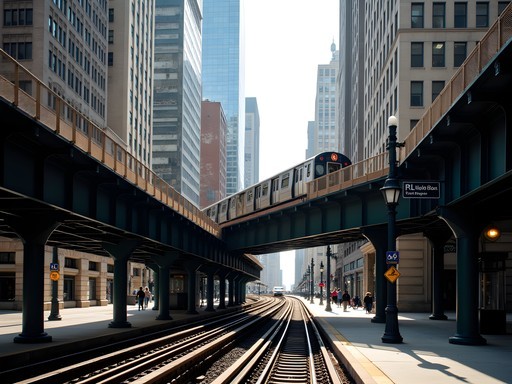
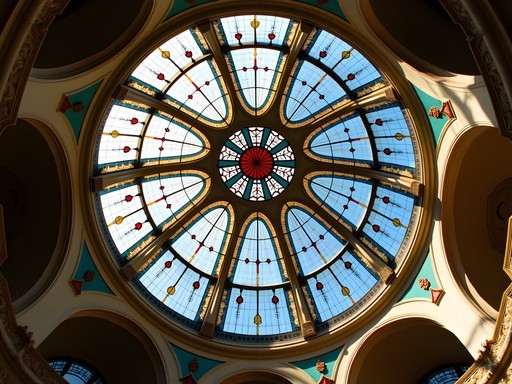
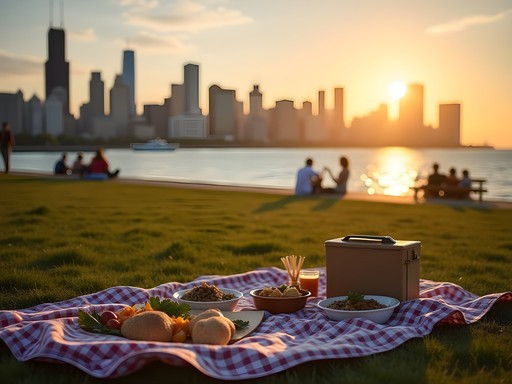
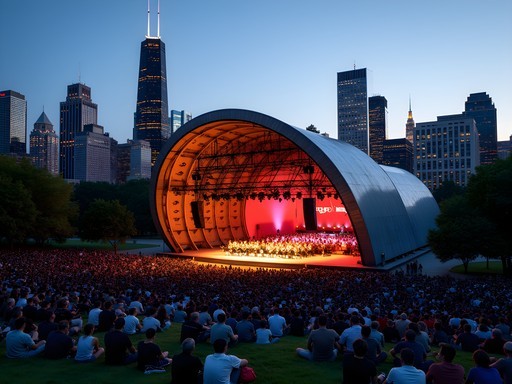
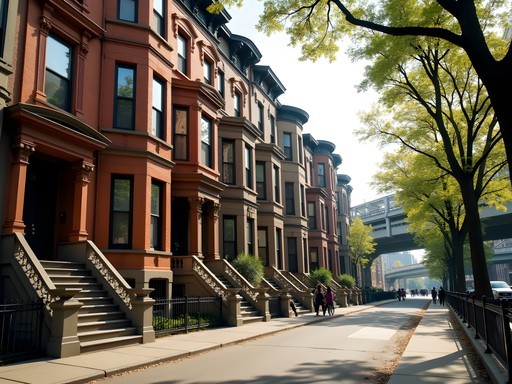


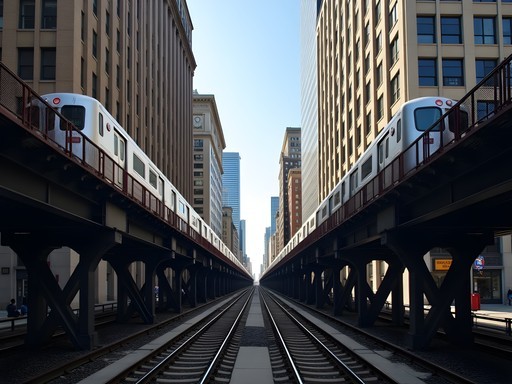
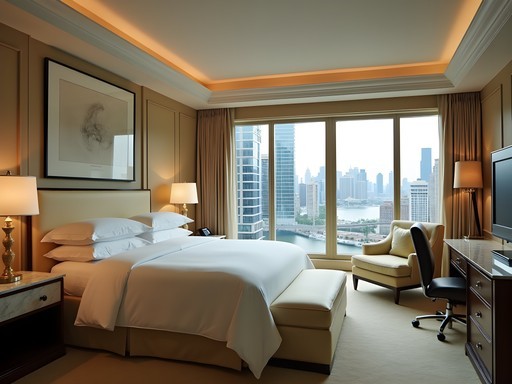
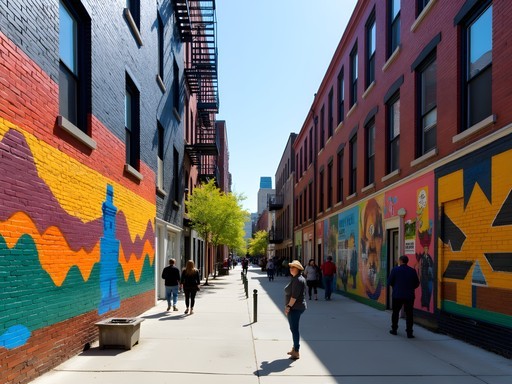

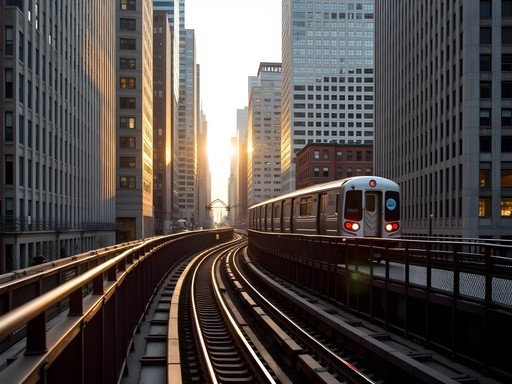

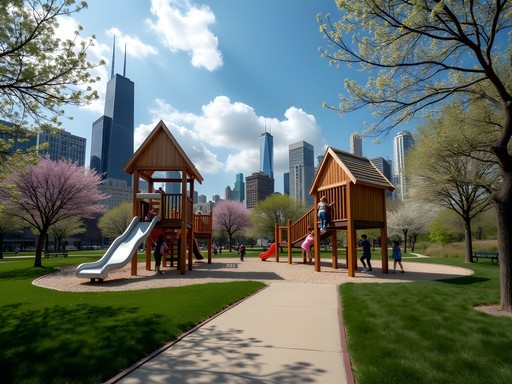
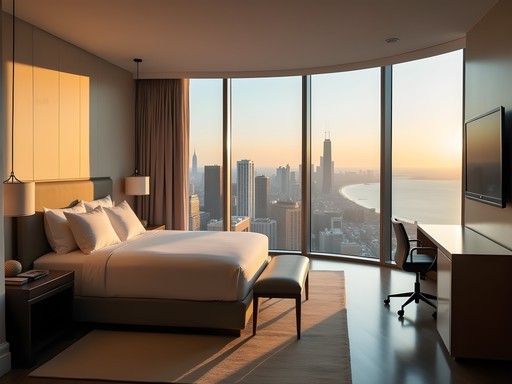
Comments
winterexplorer
JUST GOT BACK FROM CHICAGO AND THIS GUIDE WAS A LIFESAVER!! The free architectural tour suggestion was amazing - we spent hours just walking around and looking up! Also hit three museums on free admission days thanks to your schedule chart. Our favorite cheap eat was definitely that Polish place you mentioned near Millennium Park. We actually came in under budget at about $45/day! 🙌
journeymood8014
That's awesome! Did you try the deep dish pizza place she mentioned?
winterexplorer
Yes! We split one pizza between 3 people and it was more than enough. So filling but so worth it!
Sage Dixon
Olivia, this guide is fantastic! Your methodical approach reminds me of my own Chicago adventure last year. I'd add that the Chicago Cultural Center is an absolute gem that many tourists miss - completely free and houses the largest Tiffany glass dome in the world. Also, for food lovers on a budget, don't skip the Maxwell Street Market on Sundays - authentic street food at incredible prices. I managed to try Polish, Mexican and Middle Eastern dishes all for under $15 total! One tip for winter visitors: the underground Pedway system connects many downtown buildings and is a lifesaver during those famous Chicago winds. I explored it with my pocket guide which was worth every penny when it was 10°F outside!
winterexplorer
The Pedway sounds perfect for my December trip! Didn't even know about it, thanks!
sunsetbackpacker
Great guide! I'm wondering about the Chicago Transit Pass - is the 3-day pass worth it if I'm staying for 4 days? Or should I just get the 7-day?
Sage Dixon
I'd go with the 7-day pass if you're planning to use public transit a lot. Even for 4 days, it ends up being cheaper than individual rides if you're making 3+ trips daily. Plus it removes the stress of constantly reloading your card!
sunsetbackpacker
Thanks for the advice! That makes sense, especially since I want to hit a bunch of neighborhoods.
journeymood8014
This is exactly what I needed! Heading to Chicago next month and definitely on a tight budget.
winterexplorer
Same here! Let us know how it goes!
journeymood8014
Will do! Already bookmarked all the free architectural spots mentioned.
Casey Andersson
While I typically gravitate toward luxury travel, I challenged myself to follow this guide for two days in Chicago last month and was genuinely surprised! The free Lincoln Park Zoo was delightful, and I discovered the joy of Chicago's food truck scene (the Polish sausage near the Loop - divine). One thing I'd suggest splurging on if you can stretch the budget just a bit - an evening architectural boat tour. The city lights reflecting off the buildings while learning about the skyline's history was worth every penny. Though admittedly, I did retreat to the Peninsula for a cocktail afterward... old habits die hard! 😂
freeace7741
Haha love that you tried the budget route! Those food trucks are seriously underrated. Did you try Stan's Donuts? Not exactly budget but worth every penny!
Casey Andersson
I did! The Biscoff pocket donut was my downfall. Definitely a worthy splurge!
luckynomad
Great guide! One money-saving tip I'd add - the Chicago Cultural Center has amazing free exhibits and the Tiffany dome is spectacular. Also, if you're there on Wednesday, Millennium Park does free outdoor workouts in summer. Perfect way to experience the city with locals without spending a dime.
Olivia Spencer
Thanks for sharing these additional tips! The Cultural Center is definitely a hidden gem I should have mentioned. Those Wednesday workouts sound fantastic too - adding to my list for my next visit!
skyfan
Is $50/day really doable in winter too? I'm planning a December trip and worried about indoor activities costing more.
Casey Andersson
Winter in Chicago actually has some budget perks! Hotels are cheaper, and they have amazing free indoor events like the Christmas market at Daley Plaza. Just invest in good layers - I used my thermal base layers constantly during my winter visit. The Art Institute has free Thursday evenings which is perfect when it's freezing outside!
skyfan
Thanks! Didn't think about hotel discounts - that's a good point!
freeace7741
Just got back from Chicago and this guide would've saved me so much money! The architectural tour tip is spot on - we did the free DIY walking tour instead of the $40 boat tour and honestly it was amazing. The L train pass was clutch too, used it everywhere. One thing I'd add - Pilsen neighborhood has incredible Mexican food for super cheap. Got the best tacos of my life for like $2 each!
wandergal
Just what I needed! Going to Chicago next month and definitely sticking to this budget.
luckynomad
You'll love it! Make sure to check out the free days at the museums - saved me a ton last year.
wandergal
Thanks for the tip! Any specific museum you'd recommend?
luckynomad
Field Museum was my favorite! But Art Institute is amazing too if you catch a free evening.
summergal
Has anyone tried the budget food recommendations in winter? Heading there in January (I know, brrr) and wondering if the outdoor food markets mentioned will even be open.
Riley Griffin
We visited in February once and most outdoor markets were closed, but the indoor food halls (Revival, Time Out) were perfect winter refuges! Also, winter has some advantages - cheaper hotels and smaller museum crowds. Just pack your warmest coat and embrace the Chicago winter experience!
summergal
Thanks Riley! Good to know about the indoor options. Any winter-specific activities you'd recommend that don't break the bank?
Riley Griffin
The Garfield Park Conservatory is free and a tropical paradise in winter! Also check out Millennium Park ice skating - free if you bring your own skates, just $13 to rent.
Venture X
Premium card with 2X miles, $300 travel credit, Priority Pass